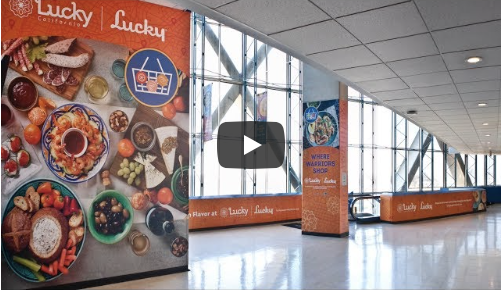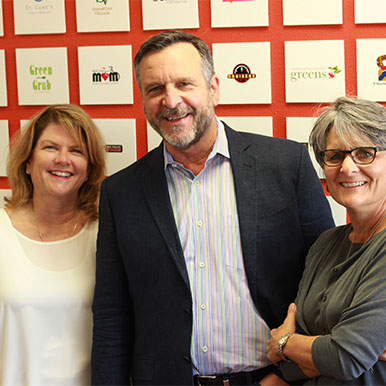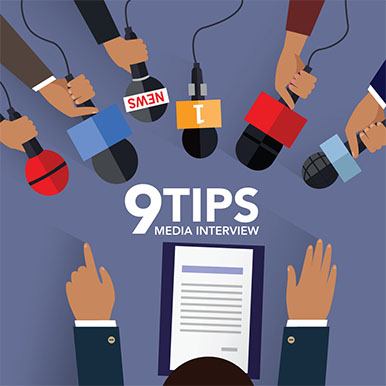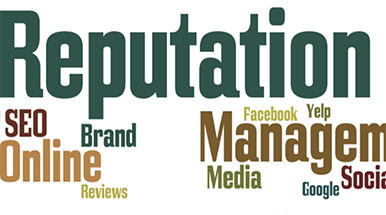Why Website is Necessary for Business
A simple question, What is a website? In its bare form, a website is a single domain that consists of different web pages. We should all know that by now, but surprisingly what we don’t all know, is the benefits a website can provide for your business, and it’s shocking to witness how many businesses don’t actually have a website or online presence.
If you have a business and don’t have a website, you are losing out on great opportunities for your business. A website itself can be used to accomplish many different marketing strategies to help your business grow.
As a business owner, you need to know where your consumers are. But what if consumers know your business and what you can offer, but they can’t reach you? That is one of the risks you take by not having a website for your business.
What are some other benefits of having a business website?
Cost-Effective
You know exactly how much your website is going to cost you and its ongoings – a brick and mortar store on the other hand is susceptible to many out of the ordinary occurrences which could blow out the costs such as leaving the lights on, theft, damage, extra staff, etc.
A strategically developed website and online presence solution provides tremendous benefits and costing outlines.
Accessible around the clock
Your website and social media accounts are accessible 24/7/365. Imagine that you want to buy from a store. You put in all the effort required to go to the store, but when you get there, it’s closed. We all know how irate we feel in that situation. You’ll think twice about going back given the bad taste it left (ok might have been your fault for not checking but hey, this is proving the point here!). You will just find another store that is more easily accessible.
Since your website is operational around the clock, from the convenience of the local coffee shop, their couch, or their bed, your customers and clients can easily access your website and services.
Convenient
What is more convenient: driving outside to look for different stores that are available to shop in, or sitting in the comfort of your own home and shopping for the products you’re looking for? The pretty obvious answer, unless you like aimlessly driving around. Smart businesses realize this and thus have their own website housing their products and services so that potential customers can browse online for the products they want to purchase.
Credibility
By building a website you are giving your business the opportunity to tell consumers why they should trust you and the testimonials and facts to back up those opportunities. Believe it or not, most people will search the internet for a product or service before the purchase to check the credibility first. When you provide good service or product, positive word-of-mouth about your business is likely to spread. Which in turn, delivers more repeat and new business.
People tend to trust a business after they have done business with it. Using your website, you can continuously serve consumers online and increase your credibility as a business owner.
Your website is the front door to your business. MHD Group has provided results-driven website design solutions for hundreds of businesses. Website design must be planned, defined, and executed as a priority in your marketing strategy.










